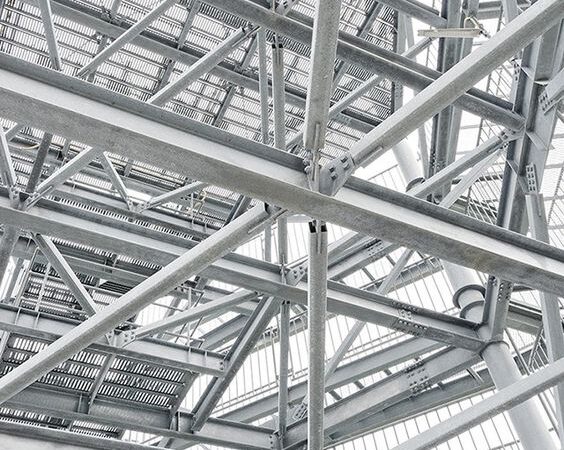

A structural engineering consultant is essential for ensuring that a building is safe, stable, and durable. We provide specialized expertise in analyzing and designing the structural framework of a building, making sure it can withstand various loads and environmental factors.
Notable attributes to have a Structural engineering Consultant:
1.Safety & Stability: We as a Structural consultants ensure that the building’s framework is designed to safely support all loads, including occupants, equipment, and environmental forces like wind and earthquakes.
2.Code Compliance: We ensure that the structure meets all local building codes and regulations, avoiding legal and safety issues.
3.Efficient Design: We as a Structural consultant optimize the use of materials and design elements to create cost-effective and resource-efficient structures.
4.Risk Mitigation: We identify potential structural issues early, reducing the risk of costly repairs or modifications during construction.
5.Longevity: By ensuring the structural integrity of the building, we help extend its lifespan and reduce maintenance costs.
Engaging us is crucial for creating a safe, compliant, and long-lasting building.
1.
Designing scaffolding, shoring, and other temporary structures for construction sites.
Ensuring the safety and stability of temporary installations.
Identifying and evaluating potential structural risks.
Developing strategies to mitigate identified risks.
Creating and managing digital representations of the structural aspects of a building.
Facilitating collaboration among project stakeholders.
Overseeing construction to ensure adherence to structural designs.
Conducting quality control inspections during construction.
Conducting preliminary assessments to determine the feasibility of a proposed structure.
Analyzing cost, materials, and environmental factors. structural failures or collapses
Providing expert testimony in legal disputes involving structural failures.
Investigating the causes of structural failures or collapses.